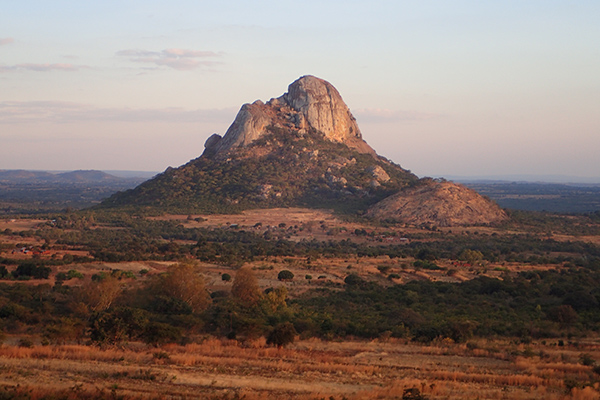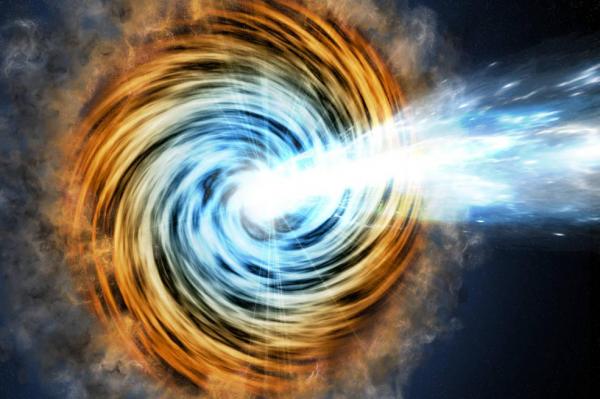In-flight bumpiness set to triple due to climate change
London--Mid-air turbulence is likely to increase by up to three times in the coming decades due to climate changes, increasing the risk of injuries...
First large-scale study of ancient DNA in sub-Saharan Africa lifts veil on recent prehistory
By Stephanie Dutchen
Harvard Gazette
The first large-scale study of ancient human DNA from sub-Saharan Africa opens a long-awaited window into the identity of prehistoric populations...
With 1,274 species of birds and mammals eating figs, British biologist urges to protect...
By Vishal Gulati
New Delhi--If you want to see the wildlife in the tropics and subtropics, one of the best places to be is beneath...
Eclipses, through the years
By Alex McGrath
Harvard-Smithsonian Center for Astrophysics
Eclipses like the one coming Monday have mystified and intrigued humans for millennia. They also fascinate Harvard researchers, who...
Asteroid flyby to help NASA test global tracking network
New York--A small asteroid that is expected to fly close to the Earth in October will help NASA to test its network of observatories,...
Cosmic tango: Learning how black holes mate or merge
By Sahana Ghosh
Kolkata-- Black hole merger is literally a match made in heaven.
And the latest gravitational wave detection, from collision of two black holes,...
Know why women are better at reading mind
London--Ever wondered how your wife or partner is able to read your thoughts and emotions just by looking at your eyes? Her ability to...
Indian-American teenagers win top science prizes
Washington--Indian-American teenager, Indrani Das, won the top, $250,000 prize in the prestigious Regeneron Science Talent Search competition for her research on treating brain injuries...
Astronomers discover 7 Earth-like planets orbiting nearby star
Washington-- At least seven Earth-like planets orbiting the same star 40 light-years away and each may contain liquid water and be able to sustain...
NASA telescope spots most extreme blazars yet: Roopesh Ojha
Washington-- NASA's Fermi Gamma-ray space telescope has identified the farthest gamma-ray blazars, a type of galaxy whose intense emissions are powered by super-sized black...















